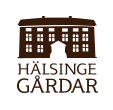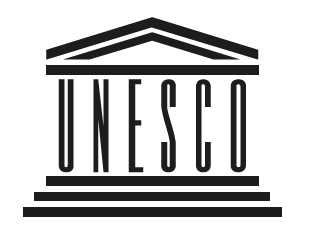School
En by i världen
För att berätta om hälsingegårdarna i en bred historisk kontext har boken En by i världen tagits fram i samarbete med författaren och konstnären Anna-Clara Tidholm. Historien speglar en by – förr i tiden – och vill inspirera barn till reflektion över sin nära historia. Tilltalet är öppet och lämnar stort utrymme för egna reflektioner och frågeställningar. Boken kan med fördel användas som pedagogisk läromedel i skolan.
Världsarv – fönstret mot historien och världen
Svenska Unescorådet har tagit fram ett material om hur man kan arbeta med världsarven i skolan. Materialet finns i tre delar.
Det här är vårt arv - exempel från Ljusdalsbygdens museum
Att hitta den lilla människan i historiens dimma och försöka jämföra med sig själv och vår vardag kan bidra till förmågan att leva sig in i andras villkor och värderingar. Att skapa en historiemedvetenhet om att saker och ting hänger ihop i en kedja och att vi faktiskt - om än bara lite - påverkar den, är också en viktig ingrediens i arbetet. Det handlar också om att lära sig se källkritiskt på vår historia. Vad vet vi egentligen om det som varit? Vilka spår finns kvar? Vad är fakta och vad är tolkning?
Ljusdalsbygdens museum har arbetat mycket med Loos skola utifrån Världsarvsgården Fågelsjö Bortom Åa året 1910. Vilka bodde där då? Vad arbetade de med? Hur var det att vara barn? Vad tänkte man på och vad drömde man om och hur kan man få reda på det?
Det interiöra måleriet i en samhällskontext - exempel från Hälsinglands museum
Hälsinglands museum arbetar med det interiöra måleriet, ofta i en bred, historisk samhällskontext. Museets samling av det interiöra måleriet brukar användas i religions- och historieundervisningen för att berätta hur enhetssamhällets bildvärld förändrats med den tilltagande sekulariseringen och moderniseringen.


